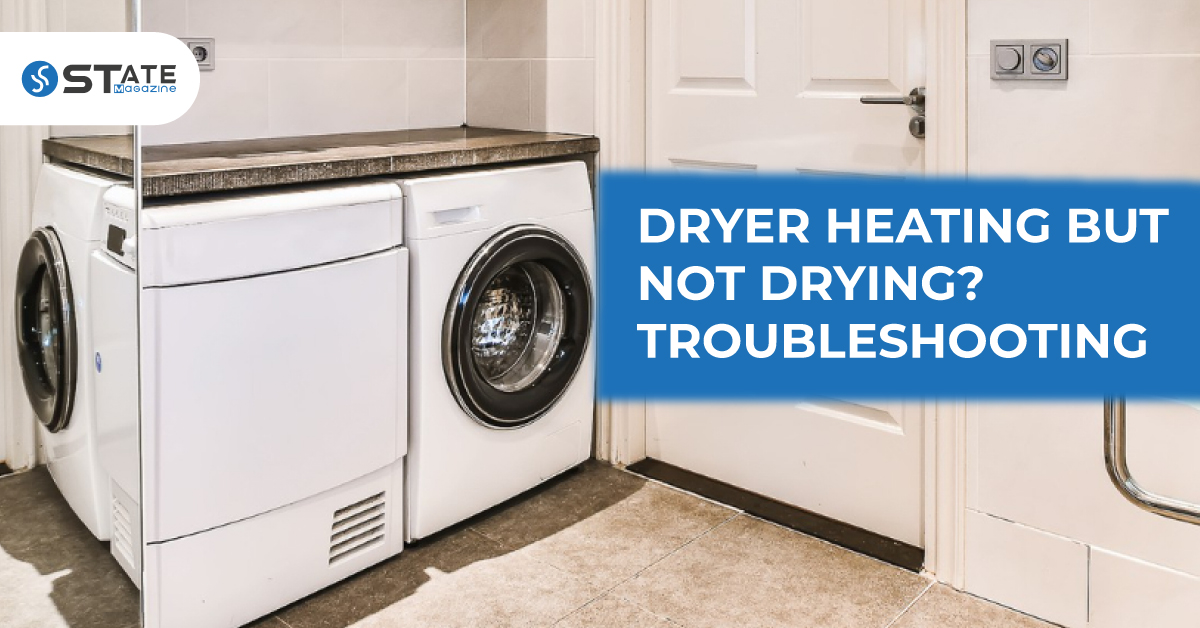The moment you find out the dryer heating but not drying would irritate you with the inconvenience caused. You might have put in the clothes to dry for more than an hour, only to find out damp clothes resting inside your dryer. If you faced this problem, you can now troubleshoot it yourself and fix it quickly. Before you start, you need to know all the possible causes that might have caused this problem and how to settle each one of them.
Most of these diagnoses will not cost you any money, and you can even save the cost of labor by finding the problem yourself. So if you have this issue where the dryer gets hot but doesn’t dry your clothes, try these fixes of the common causes to check whether it solves your problem.
Before you start troubleshooting, unplug the dryer from the power outlet or turn off the circuit breaker. Then, use necessary safety equipment when disassembling the components to avoid any possible hazards and injuries.
Your Dryer Won’t Turn On?
Contents
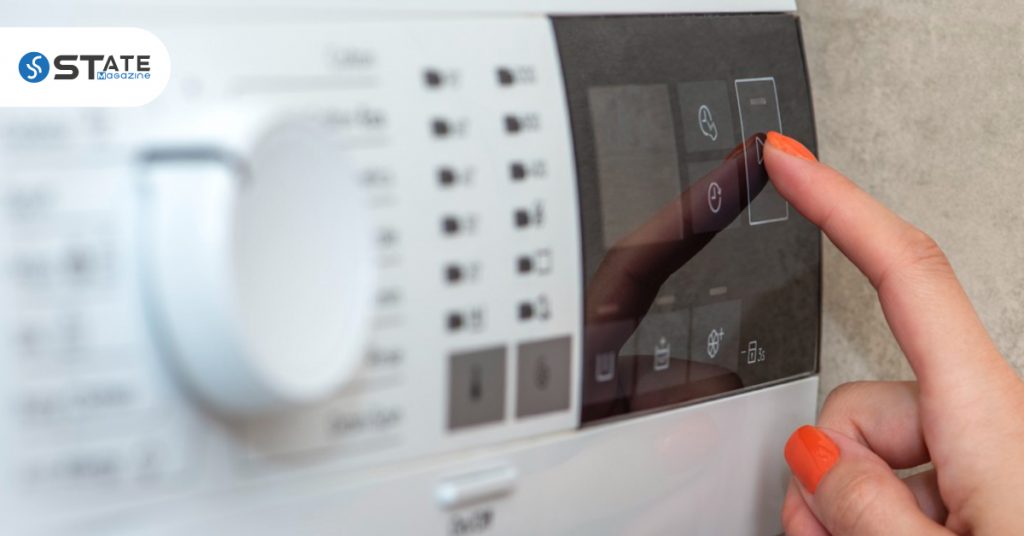
If your dryer doesn’t turn on at all, then you can start by checking whether it is correctly plugged into the power outlet and that the circuit breaker is turned on. Next, inspect any visible damages on the cables and check whether the sockets function properly. If any electrical issues prevent your dryer from turning on, you would have to contact an electrician to solve it first.
Make sure the doors of your dryer are closed properly since it won’t start running unless the doors are latched properly. Even though this might be obvious and easily noticeable, sometimes certain accumulations or slight distortions on the switch would prevent it from closing and latching properly. So make sure to check these basics before you troubleshoot the dryer in detail.
Reasons For Dryer Heating But Not Drying
There are two electrical circuits in your dryer that are used for the heating element and the other for the rest of the dryer. So if your dryer won’t dry clothes but gets hot, then there is a possibility that one of the two circuits is tripped. So you should start by checking the circuit breaker and resetting them as necessary. If there are no issues, you can start troubleshooting your dryer by checking the following conditions and components.
Dryer is Overstuffed
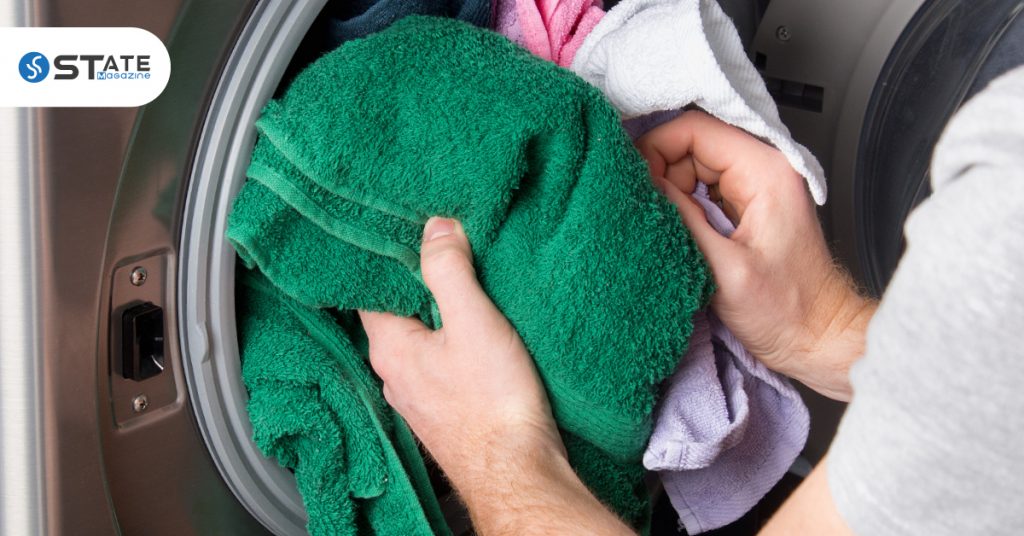
One of the most common problems with dryers is that even if the dryer is running, the clothes would still be damp even when the cycle is over and done. The easiest thing to check first is that you haven’t overloaded your dyer with too many clothes at once. There is the possibility that the dryer would not dry clothes at all if you are stuffing too many clothes into it. One of the best things about having a dryer is being able to put in your wet clothes and let it do all the work of drying them. However, make sure not to pack it with clothes and allow enough room for the clothes to dry spaciously.
Washing Machine Problems
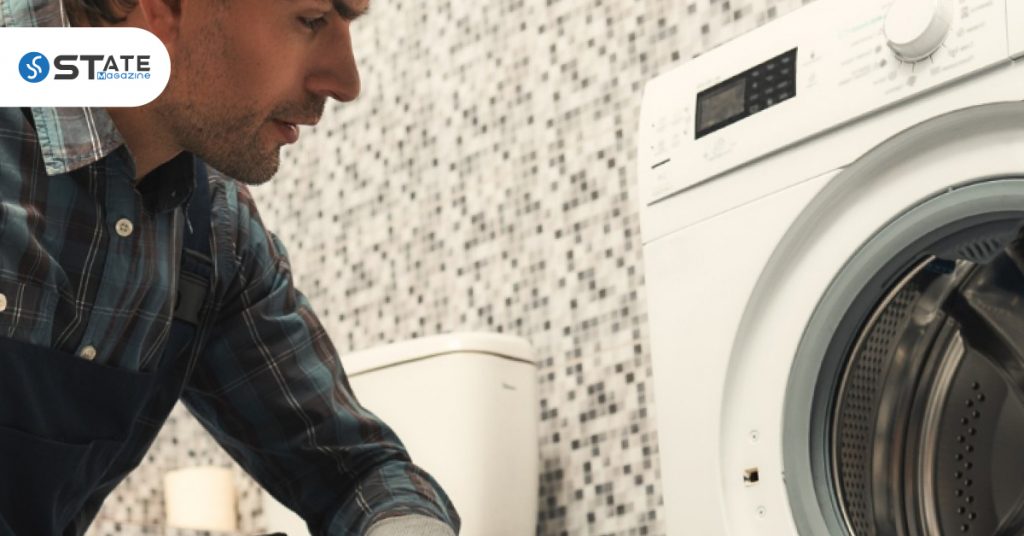
Sometimes, it might be possible that the problem is not actually with your dryer but with your washer instead. To be more exact, if you have been using the wrong setting on your washer or if it is just broken by any means, then the washer would soak your clothes beyond what the dryer can handle.
Even though the dyer’s function is to dry clothes, it can dry only damp fabrics and not dripping wet clothes. So if you notice that the clothes are dripping wet when you take the clothes out of your washer, then the problem might not be in the dryer. So try to settle this issue with the washer settings as it might damage the function of the dryer in the long term.
Clogged Lint Trap
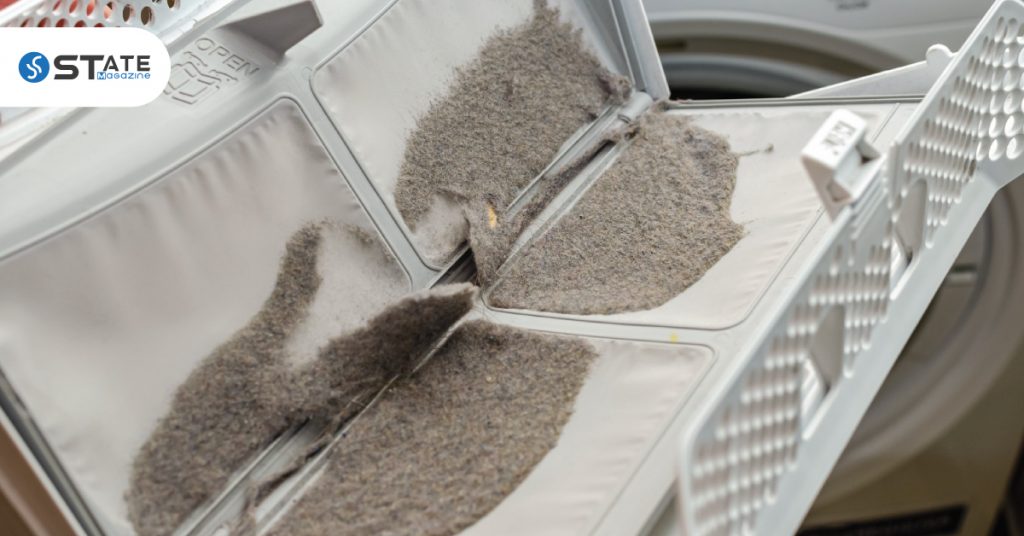
If you find your dryer heating but not drying, then the clogging of the lint trap might be another possible reason for this. When the clothes are being washed, the fabrics release fibers and other particles into the water. They subsequently get deposited back on the clothes and are transferred to the dryer. When these clothes are tumbling and drying inside the dryer, these fibers are released back into the air.
The lint trap is used to catch as much as these free-flying fiber particles to avoid possible damage to the appliance, including fire hazards. As the lint trap helps to reduce or eliminate these dangers, all dryers come with a lint trap. It consists of a removable screen that holds these fibers in every load of clothes inside the dryer.
It is recommended to check the lint trap screen before and after every load of clothes to make sure that lint is not being accumulated. If you identify any debris being built up on the screen, you would have to remove it immediately and clean it well before putting the screen back into place in the lint trap. Before replacing the screen, inspect the area inside of the trap and remove any stray lint that has escaped the screen.
Damaged or Clogged Air Vent
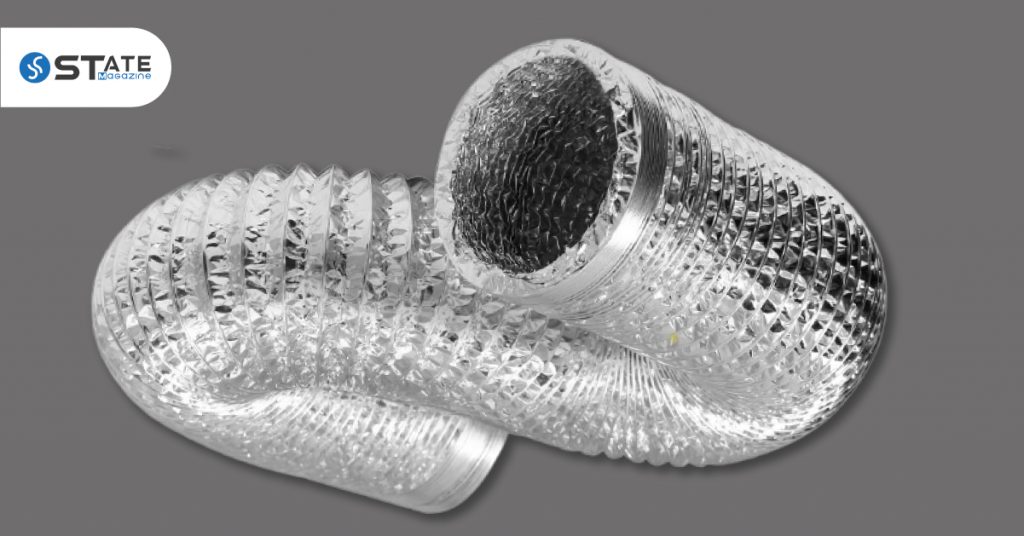
The dryer uses heated air to dry the clothes placed in the drum and tumbled dry. This heated air needs to be circulated within the dryer. This process of circulation also includes the removal of air from the drum. So if the air cannot escape easily when required, it would increase the drying time and delay the normal function of drying clothes in the drum. There are several reasons behind the reduction of the airflow, and they should be inspected properly.
First, make sure that there are no obstructions in the vent opening of the house. Especially, check the function of the small flap and that it is not obstructed. It should be able to open and close easily, allowing the air to pass through. If you identify issues with this flap such that it does not function properly, you should replace it.
The next component that needs to be checked is the ducting that runs from the dryer outlet to the vent opening on the wall of your house. If you observe any visible problems with the ducting such as damages, partial collapsing, and holes along the length of ducting, you need to take proper action to fix this. You should immediately replace the ducting with a new one.
Check the Dryer Blower Wheel
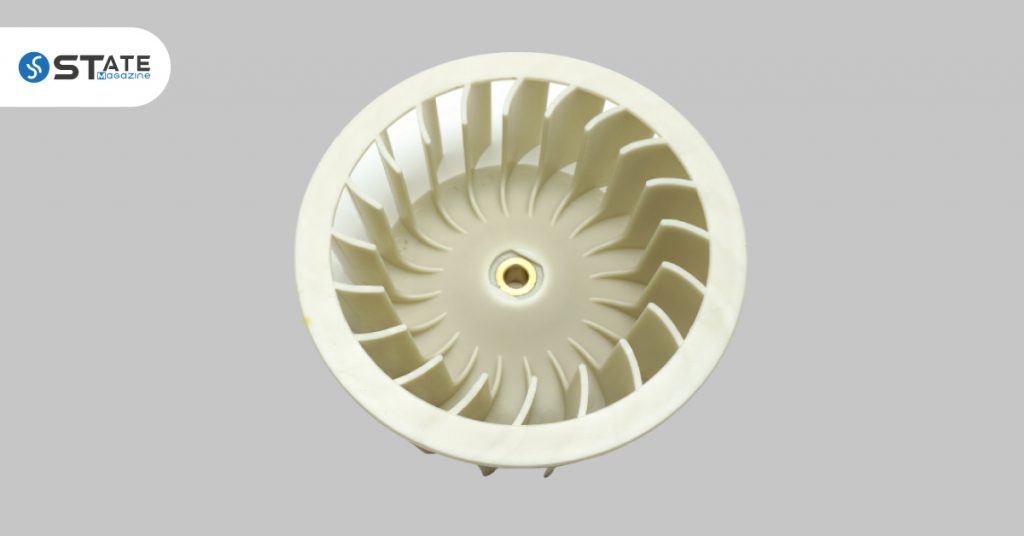
The dryer’s blower wheel is another component responsible for getting the air flowing. It pulls air from outside the dryer and blows it across the heating element for the air to get hot. Then this air is blown through the drum and then flows out the air vent. You can identify that there may be issues with the blower wheel if you encounter signs such as rattling sounds and violent vibrations. You can try these steps to troubleshoot and check the dryer blower wheel.
- Start by unplugging the dryer and then open up the back panel of the dryer using a screwdriver or socket wrench.
- After opening the back panel, check the blower wheel for any visible cracks or obstructions that would hinder its motion and prevent it from spinning.
- Separate the top and front panels from the main dryer cabinet to open up the dryer more.
- Then remove the blower wheel and pull the drum out of the drum bearing.
- Now you would have access to the motor, and you can unscrew the wheel from the motor.
- Check whether there are any damages or debris accumulated on the blower wheel and clean them. If they are defective, make sure to replace the necessary components and fix them back in place.
- Check the condition of your dryer by testing the function.
Replace the Motor
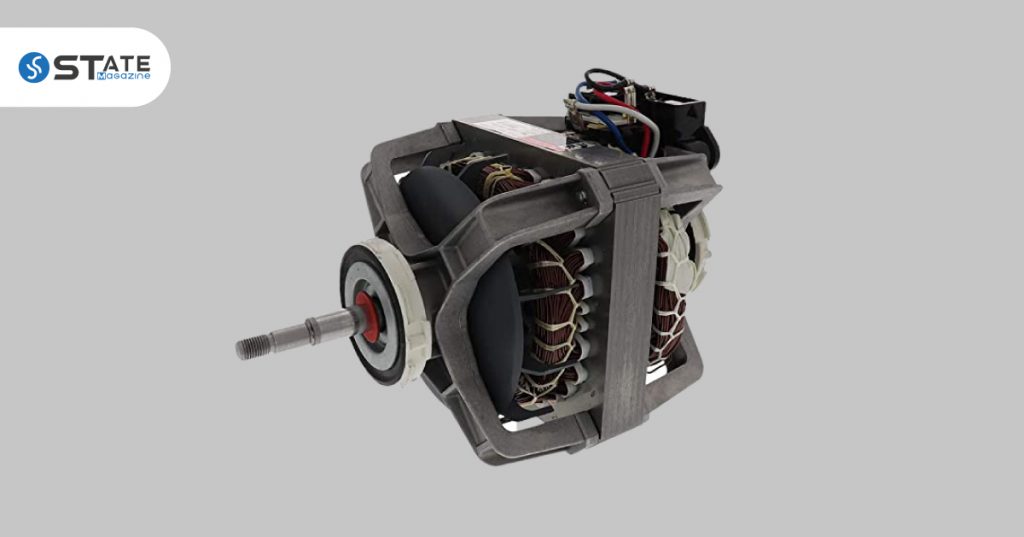
The dryer motor is responsible for turning the blower wheel to allow airflow through the dryer and spin the drum. A malfunctioning motor would cause your dryer to heat but not dry. If you identify that the motor gets power, but does not operate, you would have to replace it. For this, you would have to take the dryer apart by disassembling the front panel, top, and rear panels. You would also have to remove the drum and other parts that would get in the way. You should refer to the user manual or consult an appliance technician to find the correct replacement motor for your dryer.
Faulty Heating Element With 2 Zones
If the heating element is defective, it might heat up to a certain degree but would prevent the dryer from working as required. This would be one of the most common reasons for your dryer heating but not drying the clothes.
A defective heating element is not difficult to be diagnosed and fixed. But if you are not comfortable troubleshooting it on your own, you can get the support of a professional to replace the faulty component. If you purchase the new heating element, make sure it is compatible with your dryer by referring to the brand and model details.
The function of the clothes dryer involves the tumbling action of the drum is turning with the clothes inside. As the drum turns, the clothes are moved around with the help of internal fins mounted on the inside of the drum. The other part that involves drying the clothes is the hot air inside the drum. The hot air supply inside the dryer is the function of the primary heating element. It is also responsible for ensuring the availability of an even supply of heated air throughout the whole dryer cycle.
Sometimes, there can be a delay or an interruption in the heating of the air during the cycle. This would result in the delay of time taken to dry the clothes in the drum completely. This is only applicable to the heating elements with 2 zones or 2 coils, identified as high and low heat, respectively. Only certain advanced dryers such as in LG and Samsung have this type of heating element.
Most other dryers use a single coil heating element, and if you suspect that the heater might be the problem, you need to test the heater. Test it for continuity using a multimeter, and if it is defective, you need to replace it. For this, you would have to contact the manufacturer of the dryer and purchase a replacement.
- When replacing the heater, start by unplugging it from the power outlet and pull it out of the wall to create more room for working.
- Then open the back access panel and locate the heater.
- Remove the mounting screws out and disconnect them from the power panel.
- Then install the new heater and fix all the screws and bolts removed earlier.
- Then reassemble the dryer and plug it back to power.
- Perform a test run with load to check whether the problem has been fixed.
Faulty Thermostat
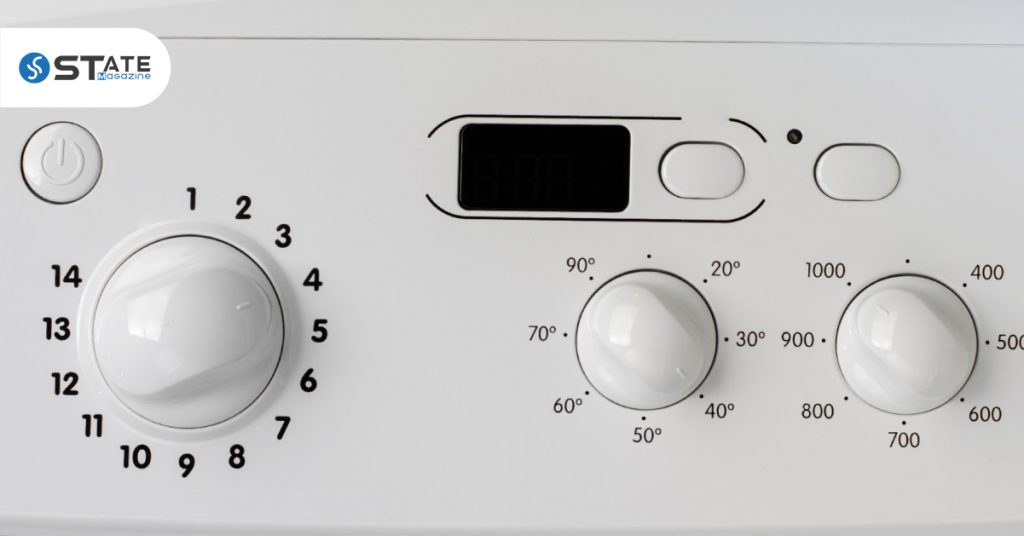
If your dryer gets hot but doesn’t dry, then there is a high possibility that the thermostat could be at fault. The thermostat is a component available in most appliances that produce or use heat in the function. For example, the dryers have many thermostats inside them to help regulate the internal temperature as required. To dry the clothes properly, the dryer must maintain the constant hot air inside the drum.
However, the defects in the thermostat are rare occurrences, and it is unlikely that this causes the failure in drying clothes. But if all other components have been checked and you cannot find any potential cause for your dryer heating but not drying, you need to consider this. The thermostats can fail as they are not completely resistant to failures. Fault thermostats would send incorrect signals to the main control board and cause these issues. If the thermostat needs to be replaced, you can contact the manufacturer to get the correct replacement thermostat.
- If you are going to replace them by yourself, start by unplugging the appliance from power.
- Pull out the dryer from the wall and open the back panel to locate the thermostats.
- You would have to test them all to find the defective thermostat.
- Then remove its connections and replace the new one.
- Fix all the connections you removed and reassemble the dryer by reversing the steps you used in disassembling it.
- Test the operation of the dryer to check whether the problem has been resolved.
Pipe Problems
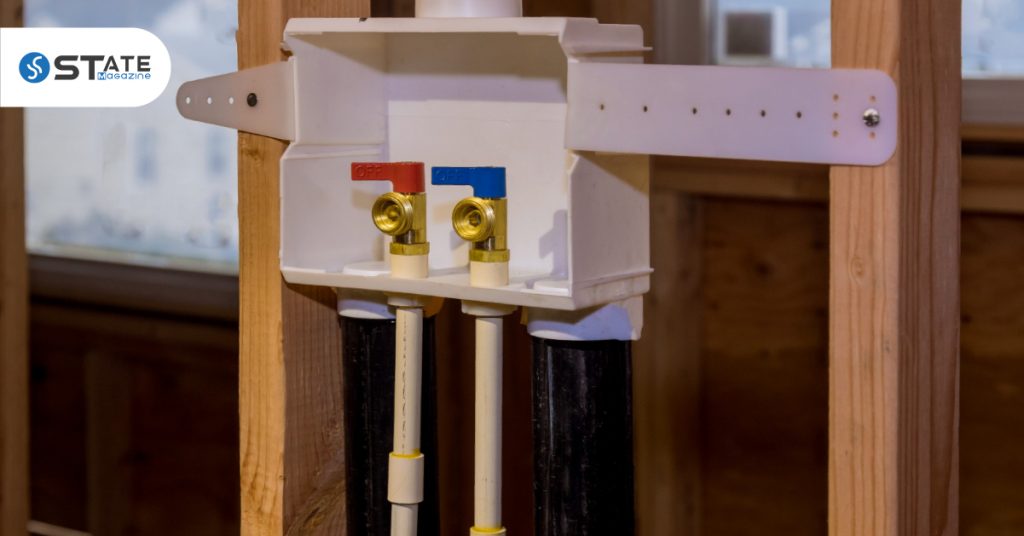
Although this is not a common issue, there might be a possibility that the dryer won’t function properly due to issues in the vent pipes. This problem would go all the way to installing the dryer, indicating that your installation is defective. Some technicians would install exhaust pipes that are not suitable for certain dryers. The usual vent pipe should have a diameter of 3 to 5 inched. Vent pipes larger or smaller can be used, but they are used only in certain exceptional cases. So if your vent pipes are found to be too small and inappropriate, you would have to contact a professional to get your dryer fixed back to its optimum function.
Check along the vent pipes for any blocks caused by sharp turns, bends, or kinks present on them. If the pipes sag in the duct, then straighten and adjust them as required. Since lint and other debris can accumulate in these vent pipes, it is recommended to vacuum inside these to carry out proper maintenance. In addition, it would ensure that your vent pipes are in good condition and free from any potential obstructions. If these pipes are not in a good position to be used any further, or if you encounter these pipe issues very often, you would need to replace them.
Since these issues should not shorten the lifespan of your dryer, make sure to fix them soon and get them out of the way before your dryer could get damaged.
Gas Blocked
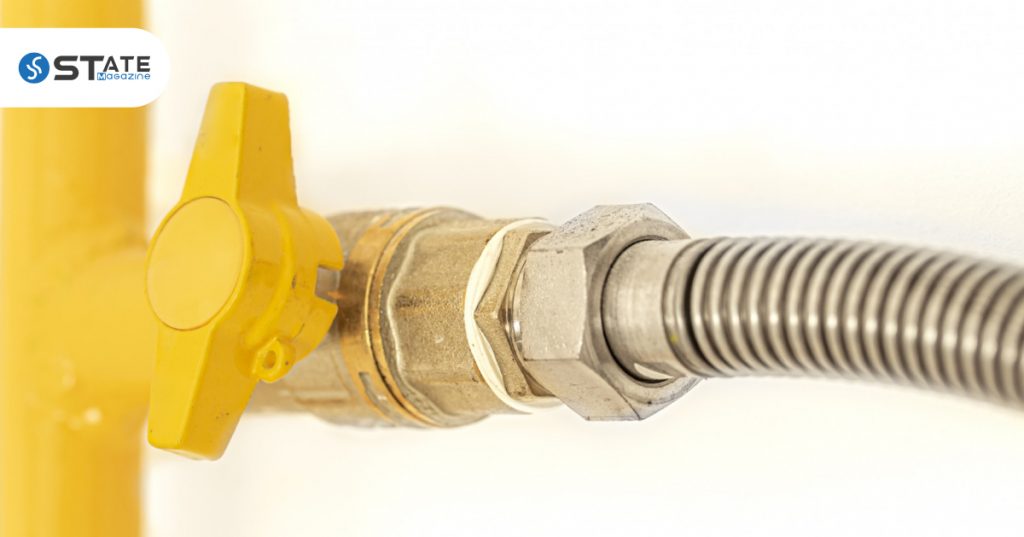
Dryers that run on gas have an additional possibility that might be why the dryer gets hot but doesn’t dry. Sometimes, you might try to operate the dryer without figuring out that the gas valve is closed. So make sure to check the gas valve and availability of gas before you turn on your dryer to avoid any inconveniences.
Issues in Settings
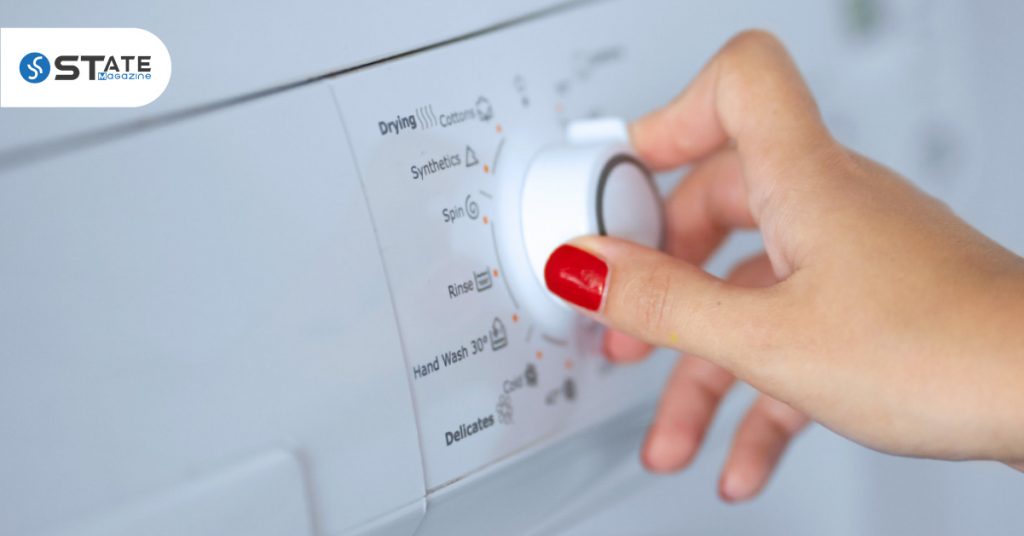
Even though you might not consider this as a possibility, there is still a chance that you might not have checked the proper settings in your dryer. Sometimes you might even have turned down the heat of your dryer to protect the clothes from possible damage. But if the clothes are not drying enough, you should turn up the heat a little higher to dry your clothes properly.
If your dryer won’t dry the clothes enough, it is a good solution to turn up the temperature by few notches or keep the clothes inside the dryer for some more time. Using the ‘Automatic Dry’ option is also a good solution. It concentrates on operating the dryer until the clothes are completely dry, rather than focusing on the time to end the task.
Replace the Control Panel
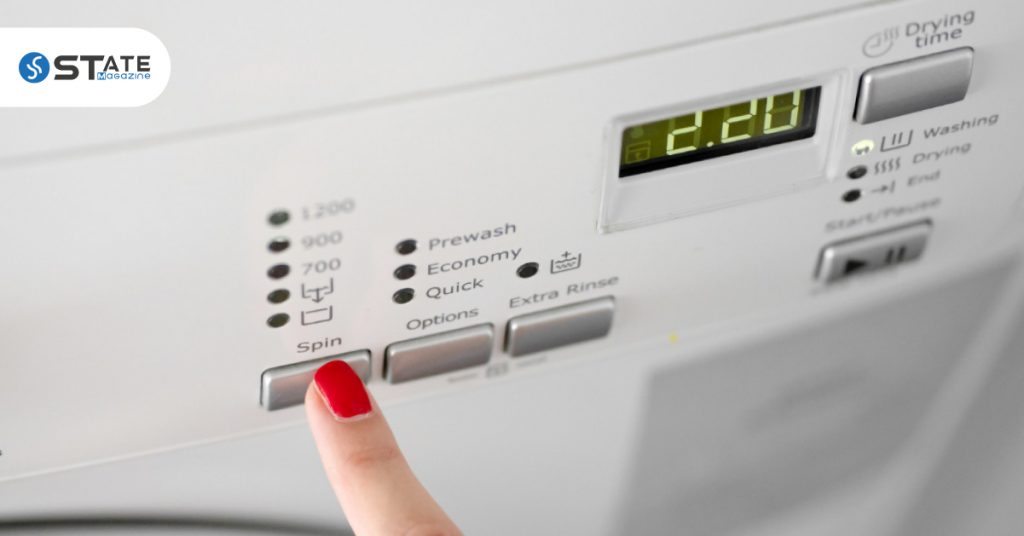
The control panel is responsible for setting the timer, temperature level and starting the function of the dryer. It is more likely the brain of the appliance and transmits all the settings in the form of signals for the different components to work accordingly. So if you cannot find why your dryer won’t dry clothes but gets hot, then the last diagnosis is the control panel. If this is defective, your dryer would not work properly and have various issues.
It is necessary to troubleshoot this correctly since sometimes the defect might be in only one control panel component, such as the timer. So, you would need to replace only the defective part rather than replacing the whole panel, which might be even expensive.
Frequently Asked Questions
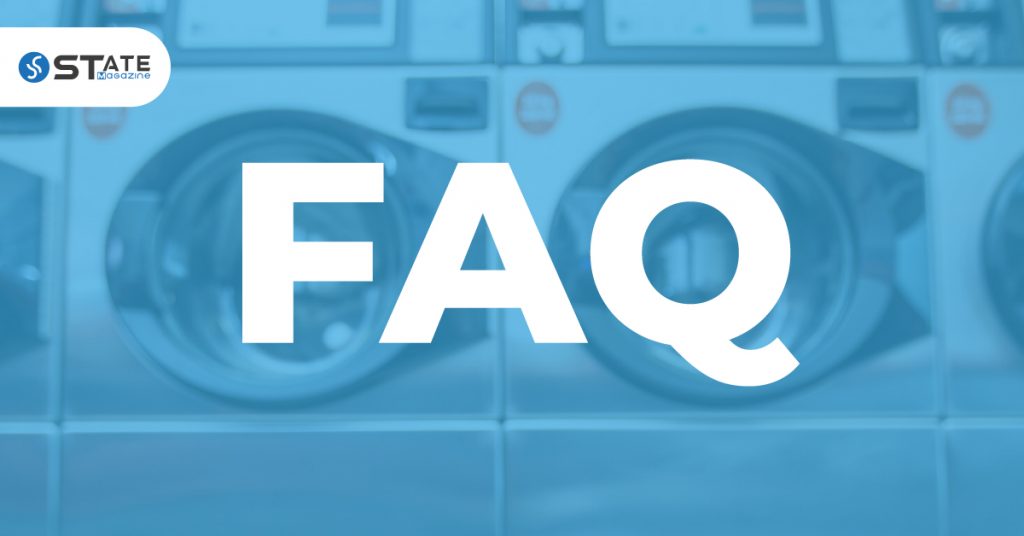
Why is my dryer taking forever to dry clothes?
The most common causes why your dryer would take longer to dry are lint and debris inside exhaust vents and clogged dryer vents that restrict airflow in the dryer. To overcome this, you can replace the exhaust hood and reconnect the vent hose to the dryer.
What causes a dryer to heat sometimes?
The reason why the dryer heats only at times is that the venting is clogged. This can be checked by starting a timed dry on high heat. Check whether the air is warm and blowing out at a decent flow by checking the vent outside with your hand.
What does it mean when your dryer is not drying?
If you have faced the inconvenience of the dryer drying clothes anymore, this problem could be due to a power issue, broken switch or belt, or even lint accumulation.
How can you tell if the dryer heating element is bad?
Inspect the metal wire coil for any visible damages and breaks in the wire. If there are damages and breaks on the wire, then the heating element is defective.
Conclusion
Most often, the dryers can be fixed easily by troubleshooting the possible faulty components. Since the lifespan of a good dryer is around 12 to 18 years, it is always better to maintain them well to secure longevity. It is beneficial to repair your dryer if it is relatively new and can be fixed at a lower cost.
As you have learned the useful tips and components to check in troubleshooting, you can fix your dryer easily if you find any fault with its heating. Make sure to follow the necessary safety precautions when disassembling the components. Always unplug the dryer from power or turn off the circuit breaker before you start troubleshooting. If you have any difficulties checking the faults or replacing the parts, contact your appliance repair technician for support.
When purchasing new appliances for your home, try to avoid these Worst Washing Machines and Defective Dishwashers. Purchasing such fraudulent appliances would be a loss since they are not worth the investment.

